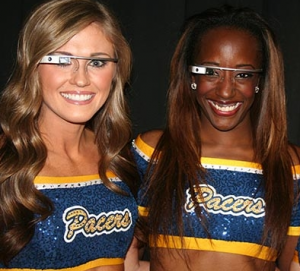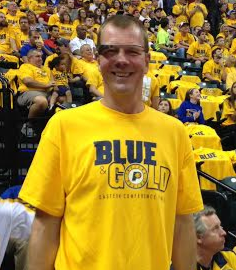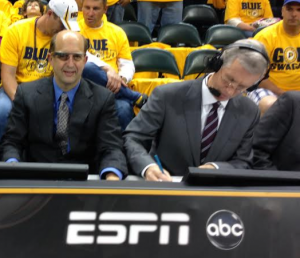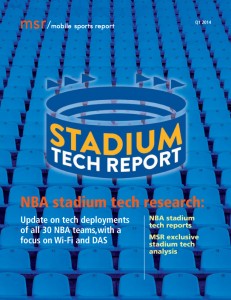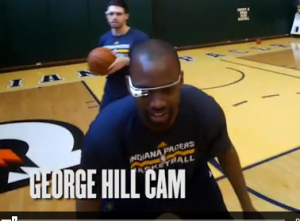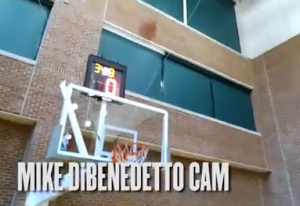According to a press release out today, CrowdOptic will work with the Eagles’ infrastructure provider, Extreme Networks, which brought high-quality Wi-Fi to the stadium last year.
So far, the CrowdOptic technology has been used by the NBA’s Indiana Pacers, Sacramento Kings and Orlando Magic to provide Google Glass views to stadium jumbotrons. While having such an intimate, new point of view is interesting, CrowdOptic’s technology actually goes much deeper than simple broadcast enhancement; it can also provide a “heat map” of what an aggregate of Google Glass wearers are looking at, a feature that has many possible future applications. However, it’s unclear how stadiums and arenas might eventually regulate or administer Google Glass wearing by fans, and whether or not fans will ever be able to “broadcast” their own Google Glass video views.
“We are looking forward to testing this technology and finding ways to incorporate it into our gameday presentation,” said Brian Papson, Eagles Vice President of Marketing, in a prepared statement. “Our goal is always to provide our fans with unique and behind-the-scenes perspectives through a variety of different sources and we’re excited about the potential of using Google Glass technology through CrowdOptic.”
